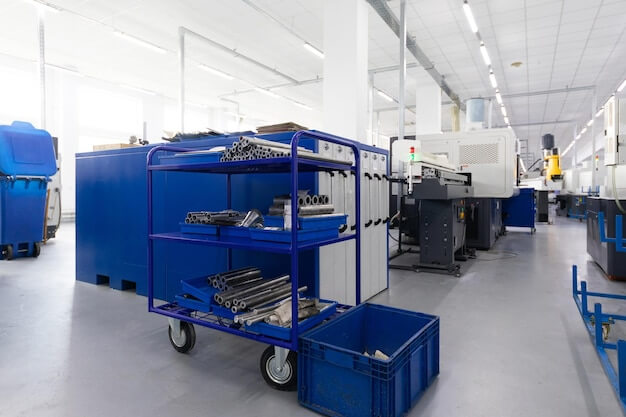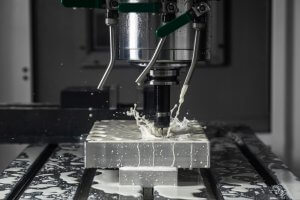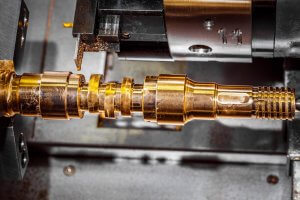Introduction to Robotics Automation
Robotics automation represents the deployment of automated robots and technologies designed to perform tasks that historically required human intervention, marking an essential progression in modern industry. It harnesses control systems and information technologies to manage robotic actions contributing to improved efficiency and consistency across various applications. The significance of robotics automation cannot be overstated as it helps industries achieve remarkable precision, productivity enhancements, and safety improvements while also addressing labor shortages. This article delves into the processes behind robotics automation, explores its myriad advantages, and surveys its wide-ranging applications that are redefining the landscape of contemporary manufacturing and service sectors.
The Process of Implementing Robotics Automation
Embarking on the robotics automation journey begins with pinpointing tasks ripe for automation, typically those that are repetitive and time-consuming. The selection of appropriate robotic technologies follows, requiring an analysis of the specific needs and goals, whether it’s a collaborative robot arm or an autonomous mobile robot needed for material handling. Integration poses its own challenge as these solutions must dovetail seamlessly with existing systems and workflows to avoid disruptions. Subsequently, preparing employees through training programs becomes essential to ensure they can effectively manage and cooperate with their automated counterparts. Lastly, this advanced orchestration is not set-and-forget; ongoing monitoring coupled with optimization ensures operations continue to improve in efficiency and output while adapting to new challenges.
Advantages of Robotics Automation in Industry
The incorporation of robotics automation within the industrial sector has led to remarkable enhancements in productivity and efficiency. By introducing robots, companies can ensure continuous production without the fatigue or inconsistency associated with human labor. The advanced precision of robotic systems significantly improves product quality by maintaining uniformity across manufacturing processes which may involve intricate assembly tasks or handling delicate materials. Furthermore, robots excel in dangerous work environments, thereby safeguarding human workers from potential accidents and health hazards. Operating costs tend to decrease in the long run as robots reduce errors, waste, and downtime while boosting throughput. Lastly, adopting such cutting-edge technology positions firms at a competitive forefront, allowing them to innovate faster and respond more adaptively to market changes.
Applications of Robotics Automation across Various Industries
In the manufacturing sector, robotics automation has become pivotal, particularly on assembly lines where robots efficiently perform tasks such as welding, painting, and assembling components. For example, in the automotive industry, robotic welding arms execute precise welds at high speeds, enhancing production rates while maintaining consistency and safety. Moving to healthcare, surgical robots have revolutionized operating rooms by aiding surgeons in performing minimally invasive procedures with greater precision and control. In the realm of logistics and distribution, automated guided vehicles (AGVs) and sorting systems are instrumental in optimizing warehouse operations, exemplified by sophisticated robots that sort products and manage inventory for expedited order fulfillment. The agricultural industry is also transforming through innovative applications like crop monitoring drones and autonomous tractors that allow farmers to implement precision farming techniques, leading to more efficient resource use and higher yields. Finally, in customer service, entities such as chatbots and interactive kiosks provide personalized assistance, evident in hotel concierge robots that enhance guest experiences by offering tailored services. Each advancement showcases the broad and impactful scope of robotics automation.
Related Posts
- What’s CNC Routing? Its Process, Advantages, and Applications
Introduction to CNC Routing CNC routing technology revolutionized manufacturing by leveraging computer numerical control to cut, carve, and engrave materials with exquisite precision. The routing process begins with a detailed…
- Applications and Advantages of Bronze CNC Machining
1. Introduction: The Enduring Allure of Bronze in CNC Machining In this opening section, we explore the timeless appeal of bronze as a material for CNC machining. From its rich…
- What is 3D Printing? An Exploration of Its Process, Advantages, and Applications
Introduction to 3D Printing 3D printing stands as a transformative approach to manufacturing, allowing for the creation of complex shapes and structures through an additive process where material is laid…








